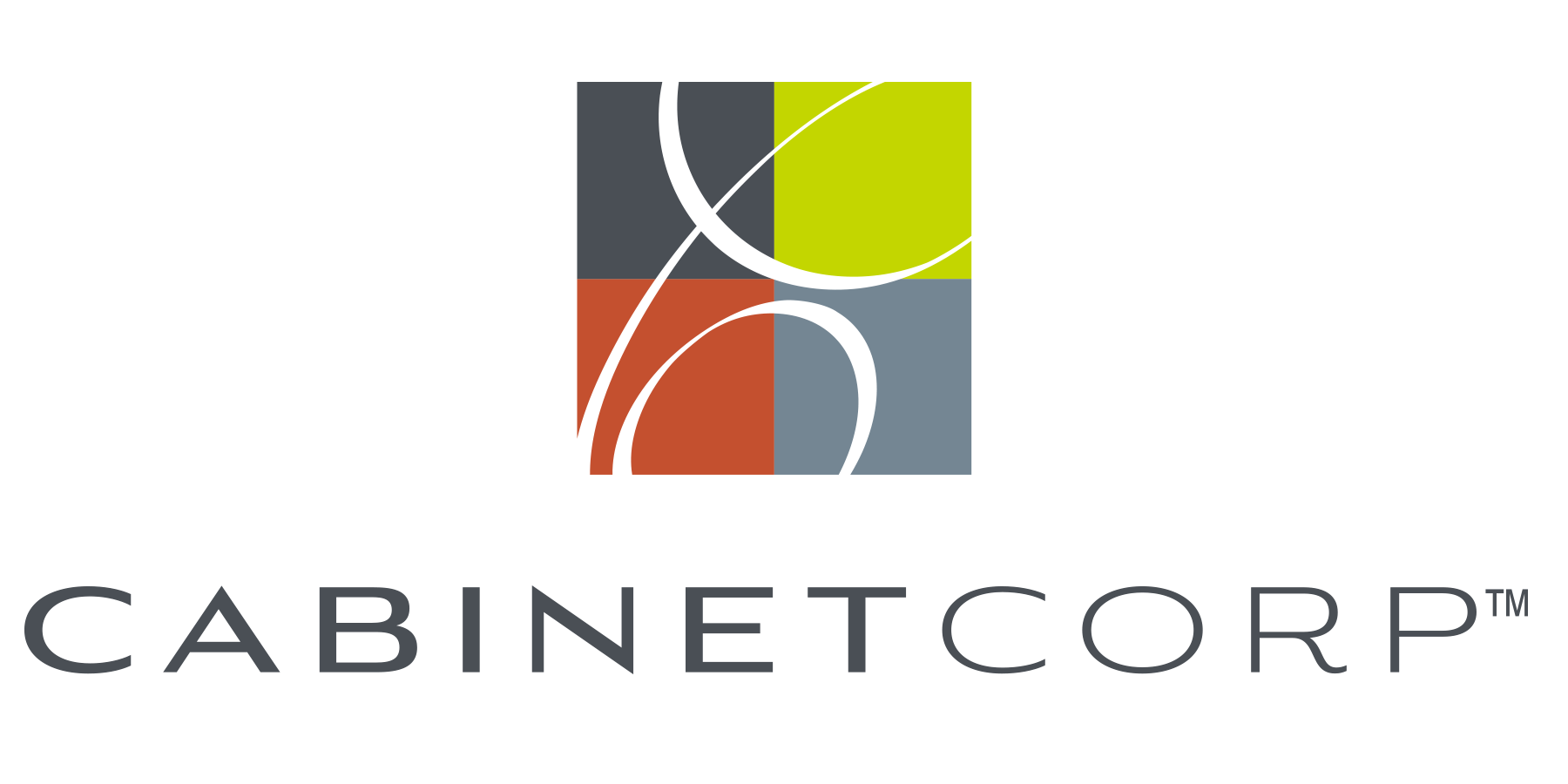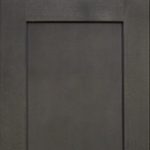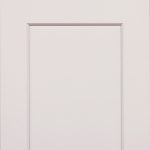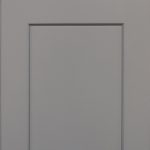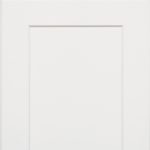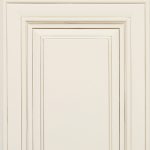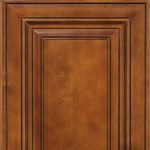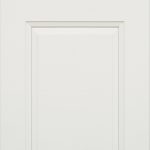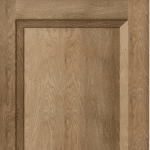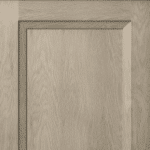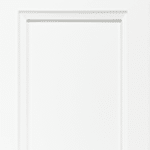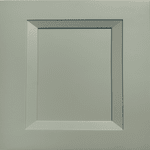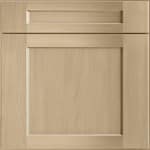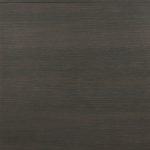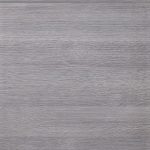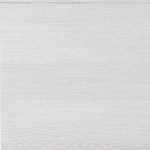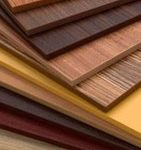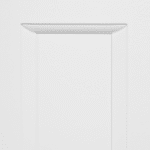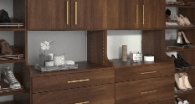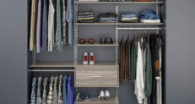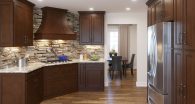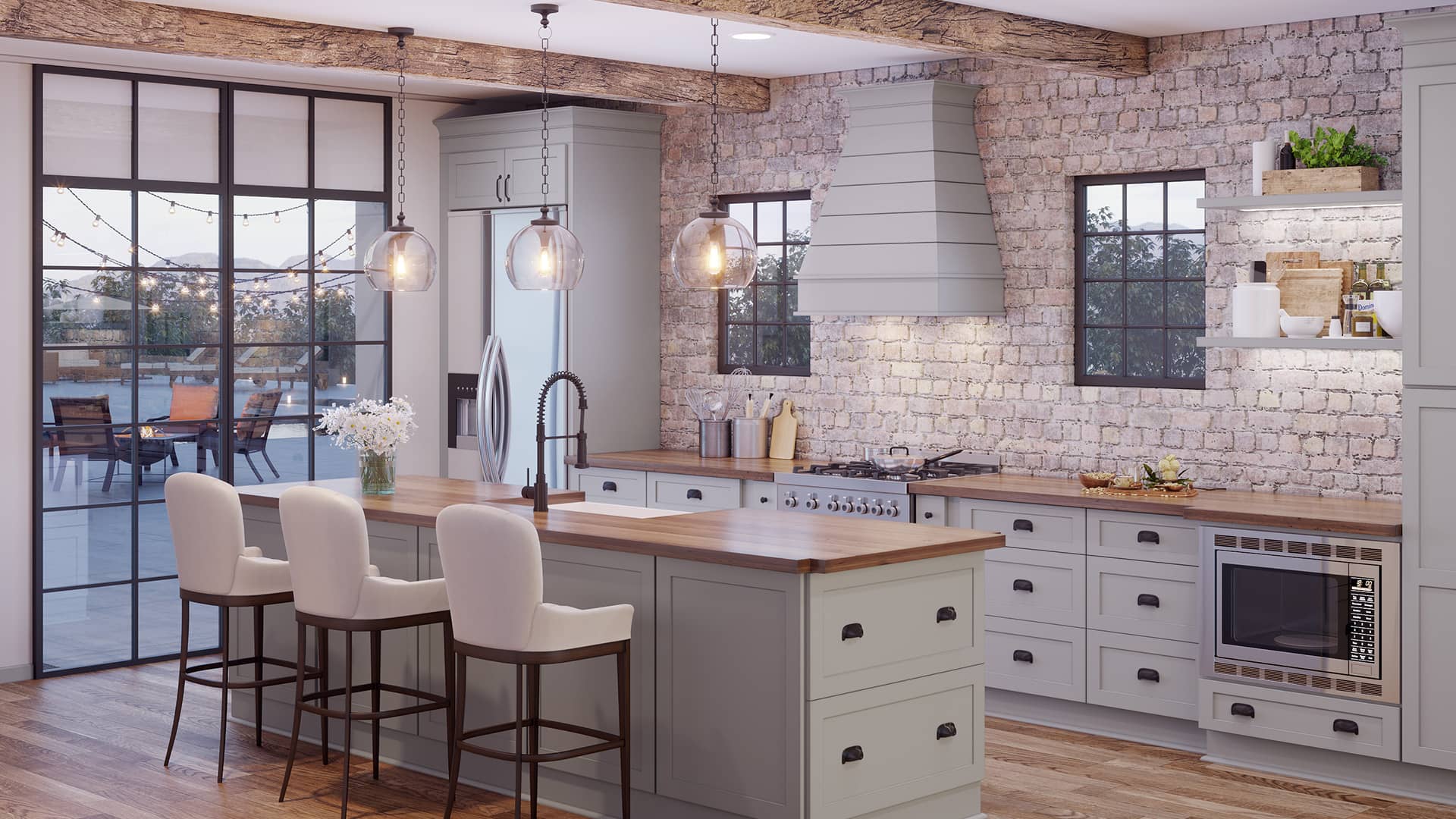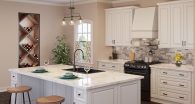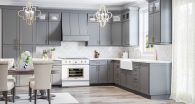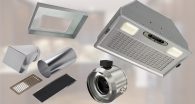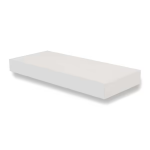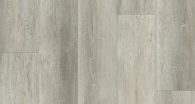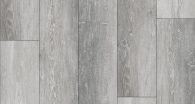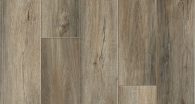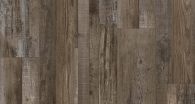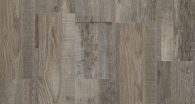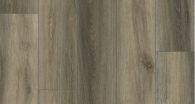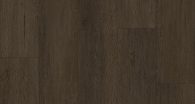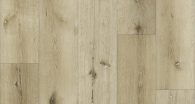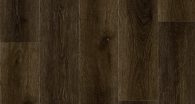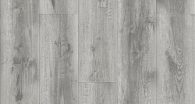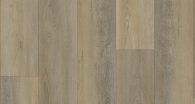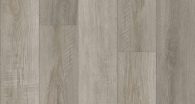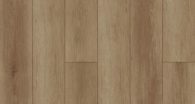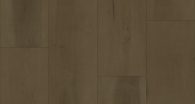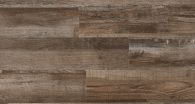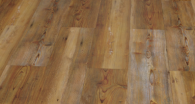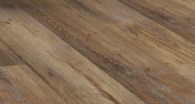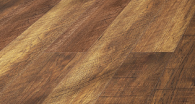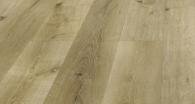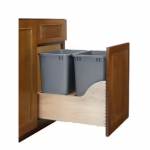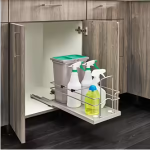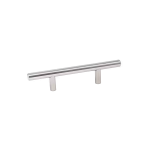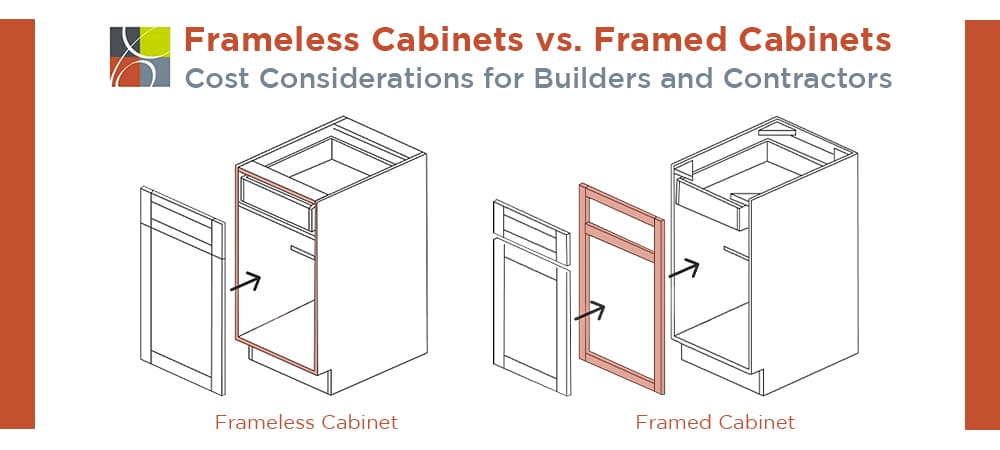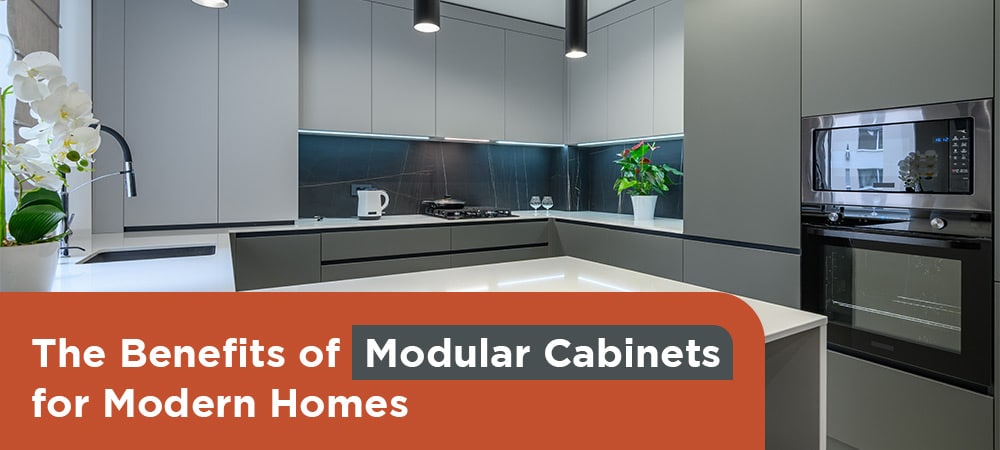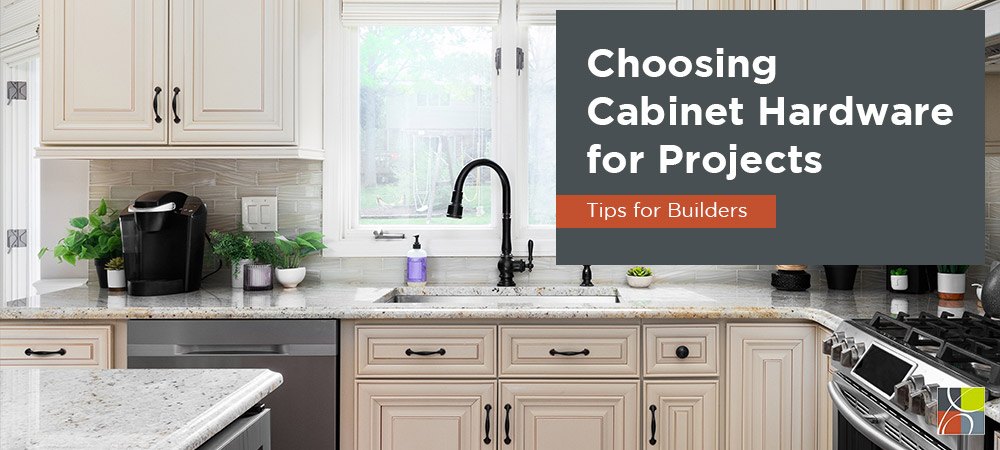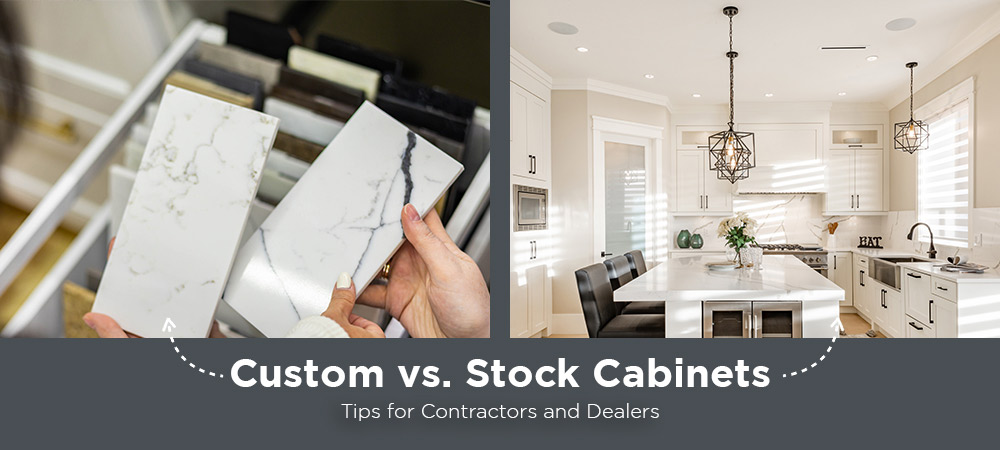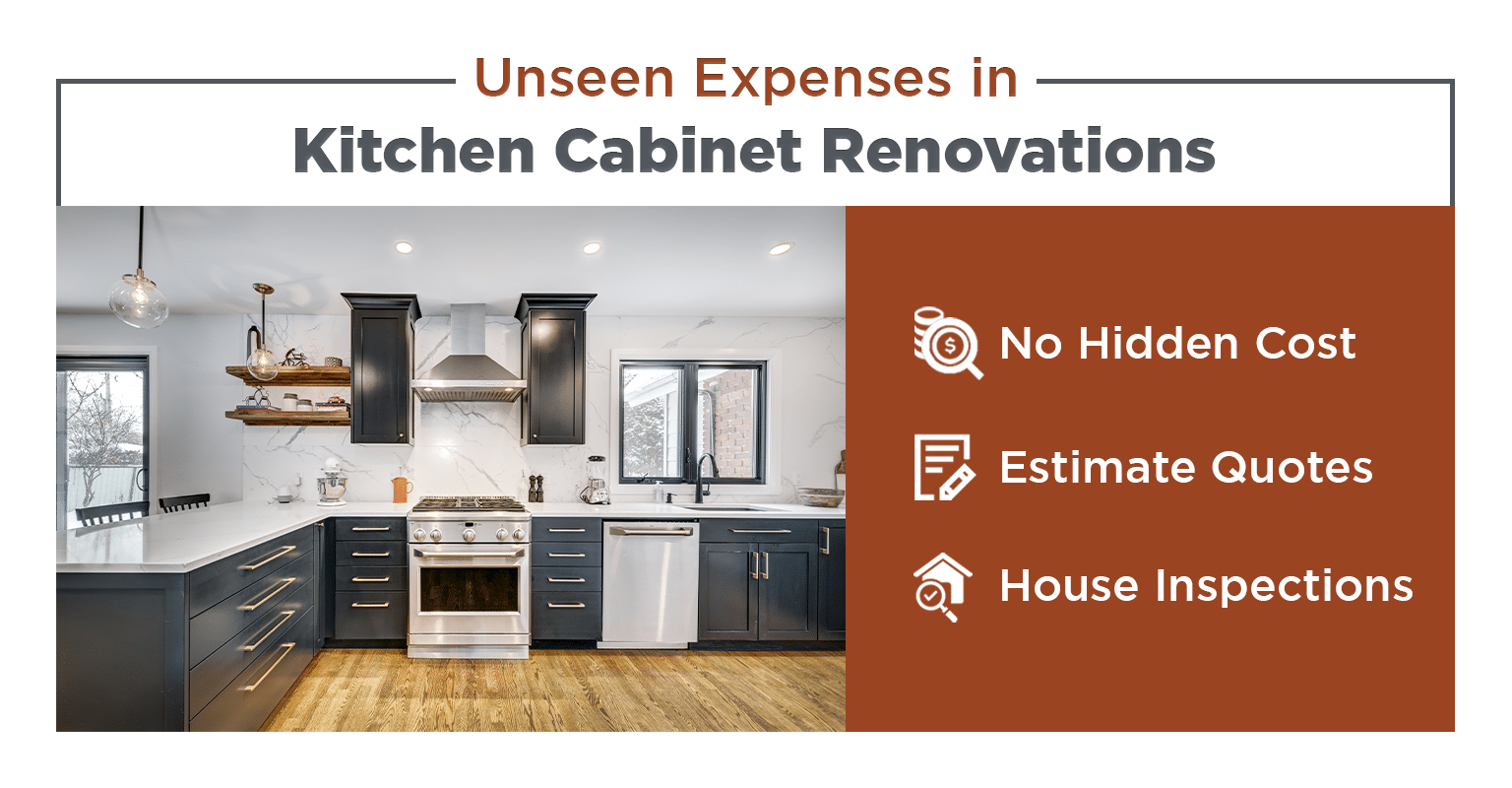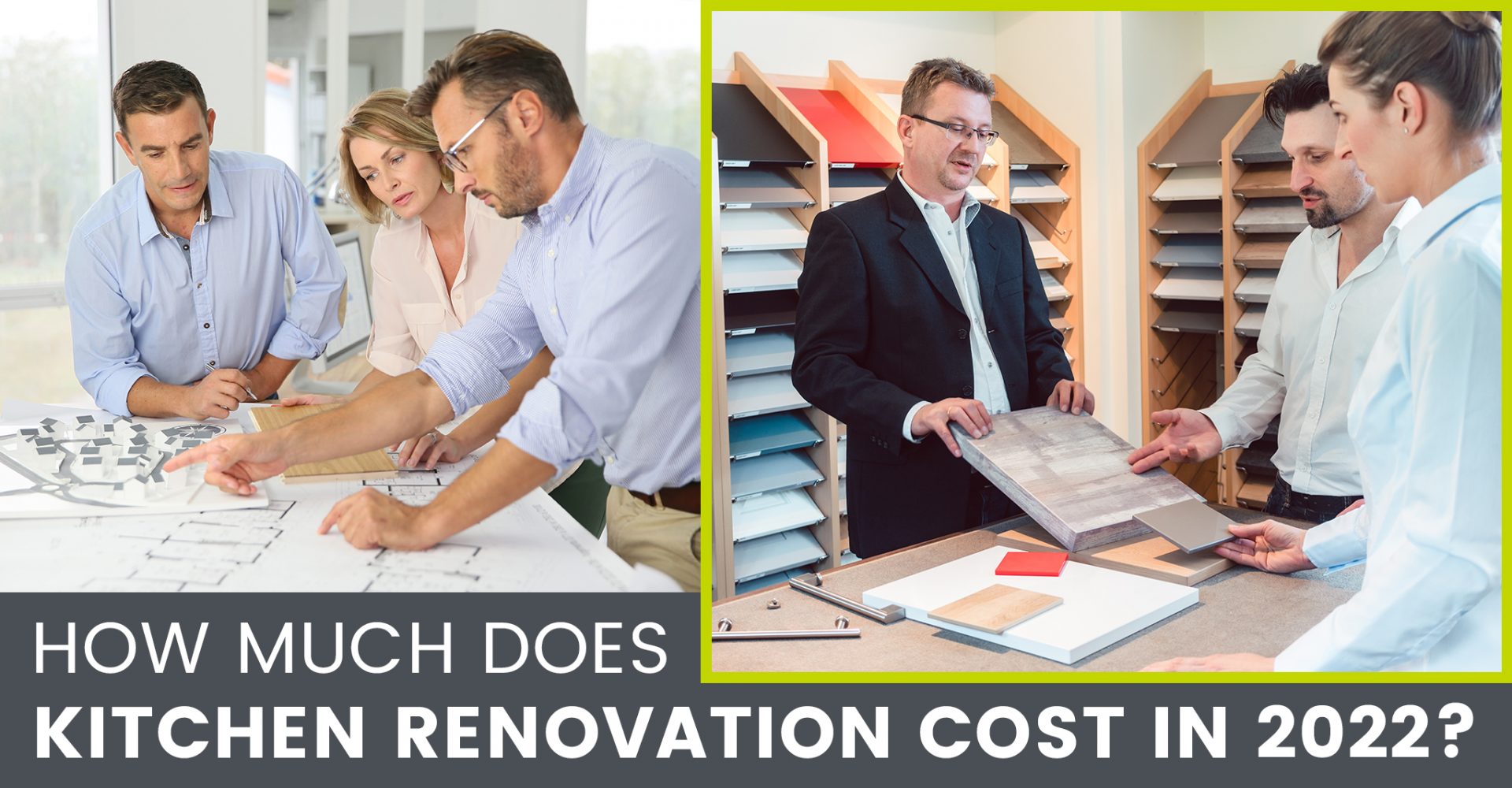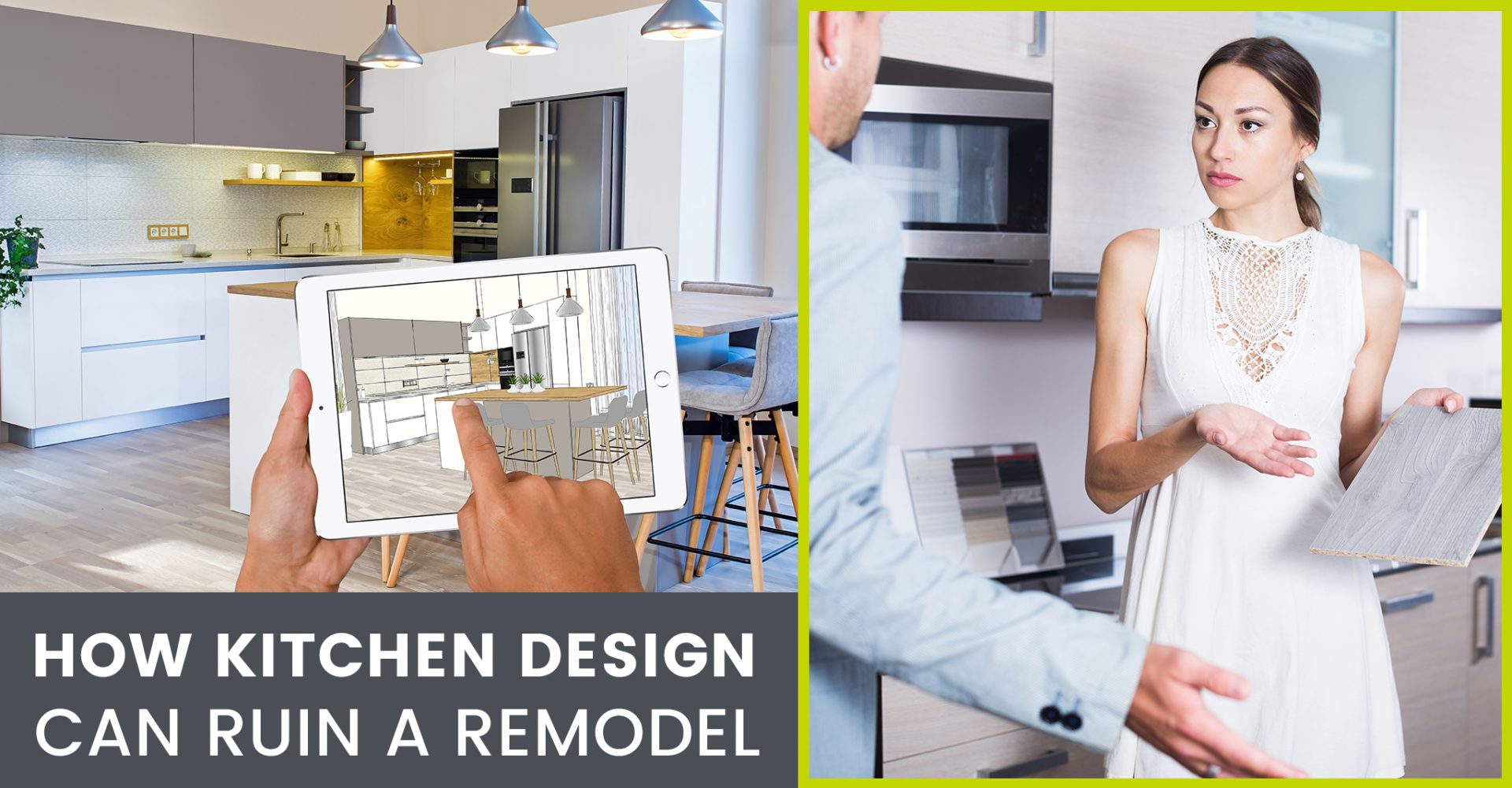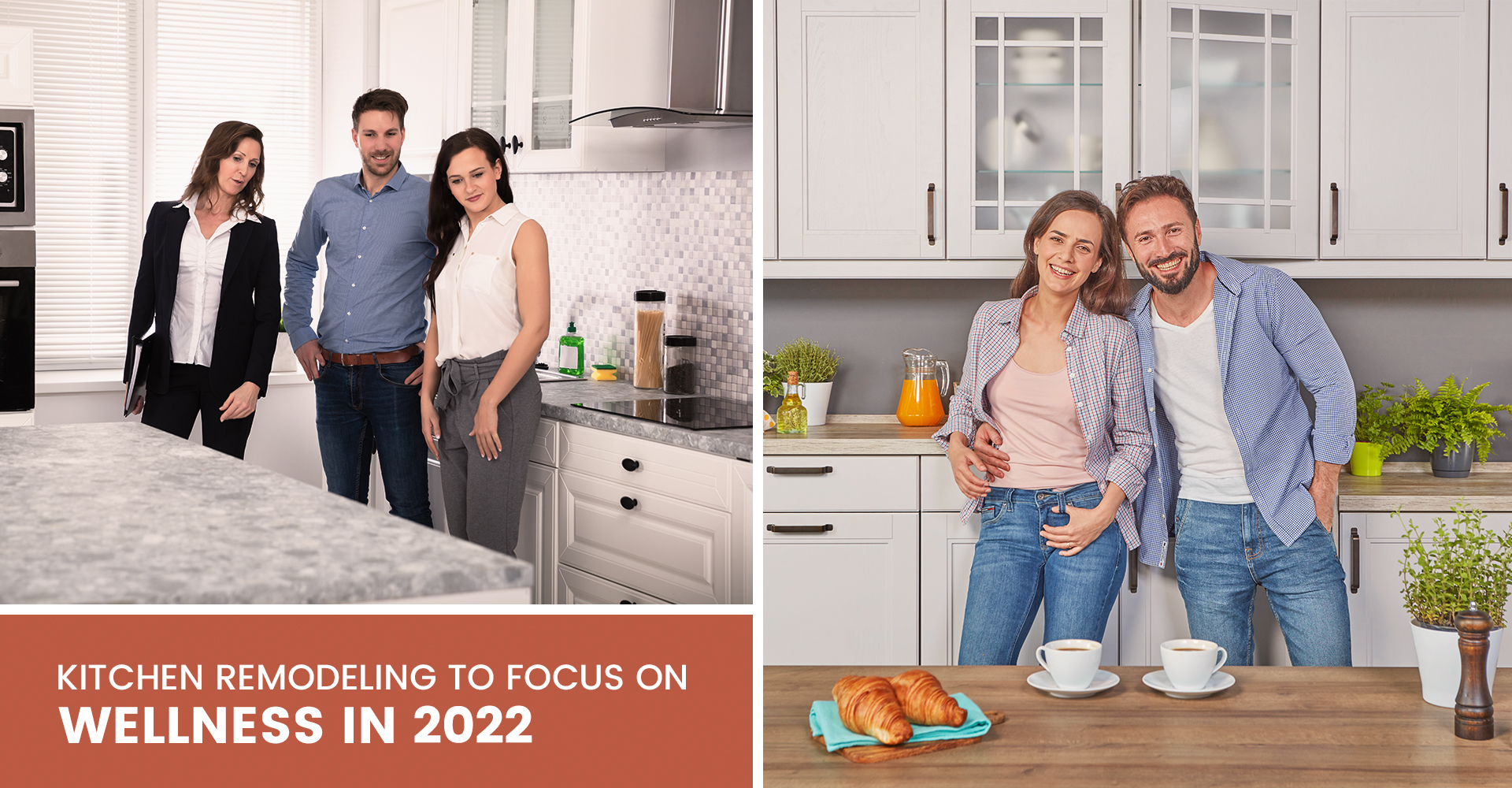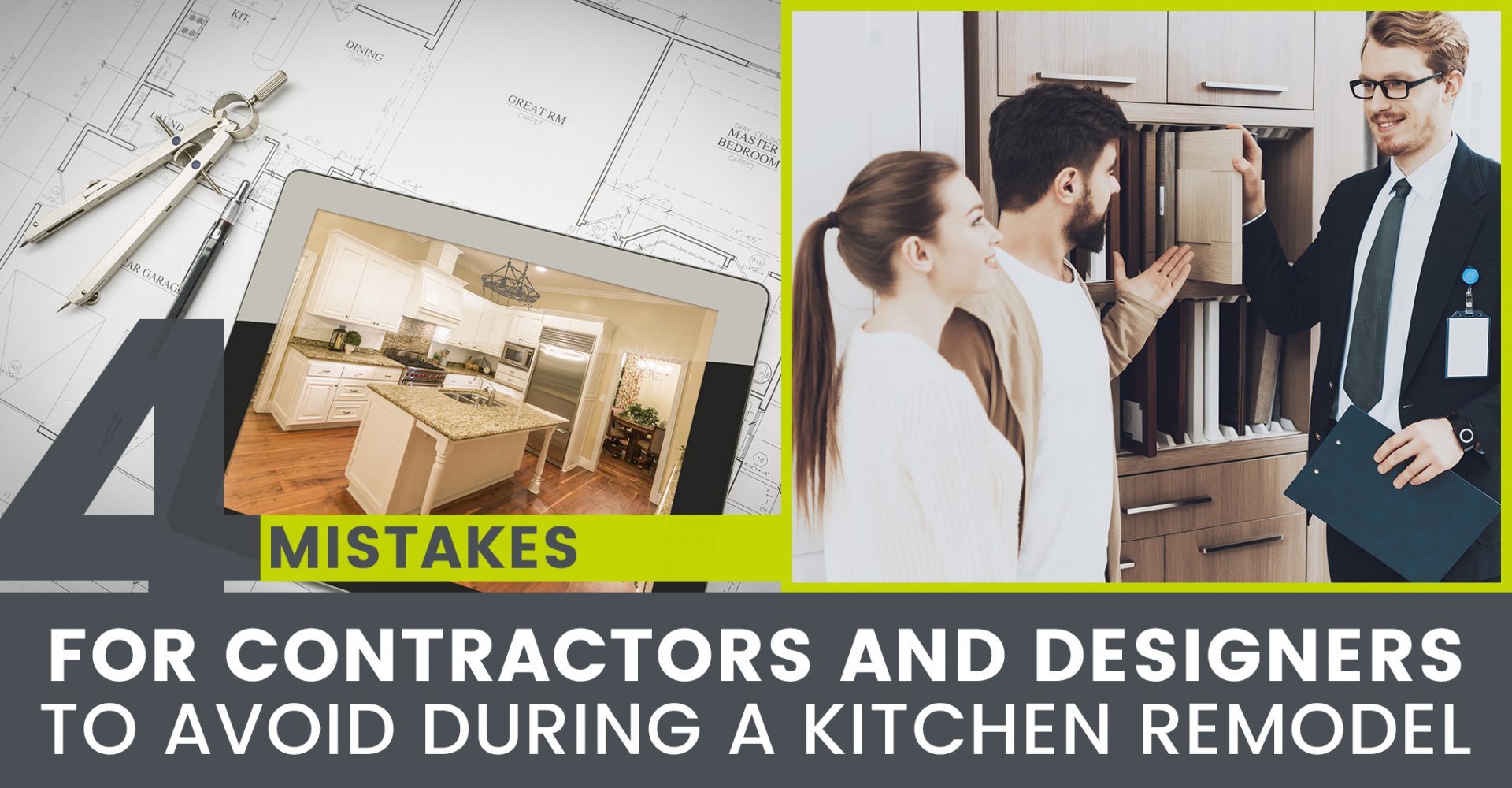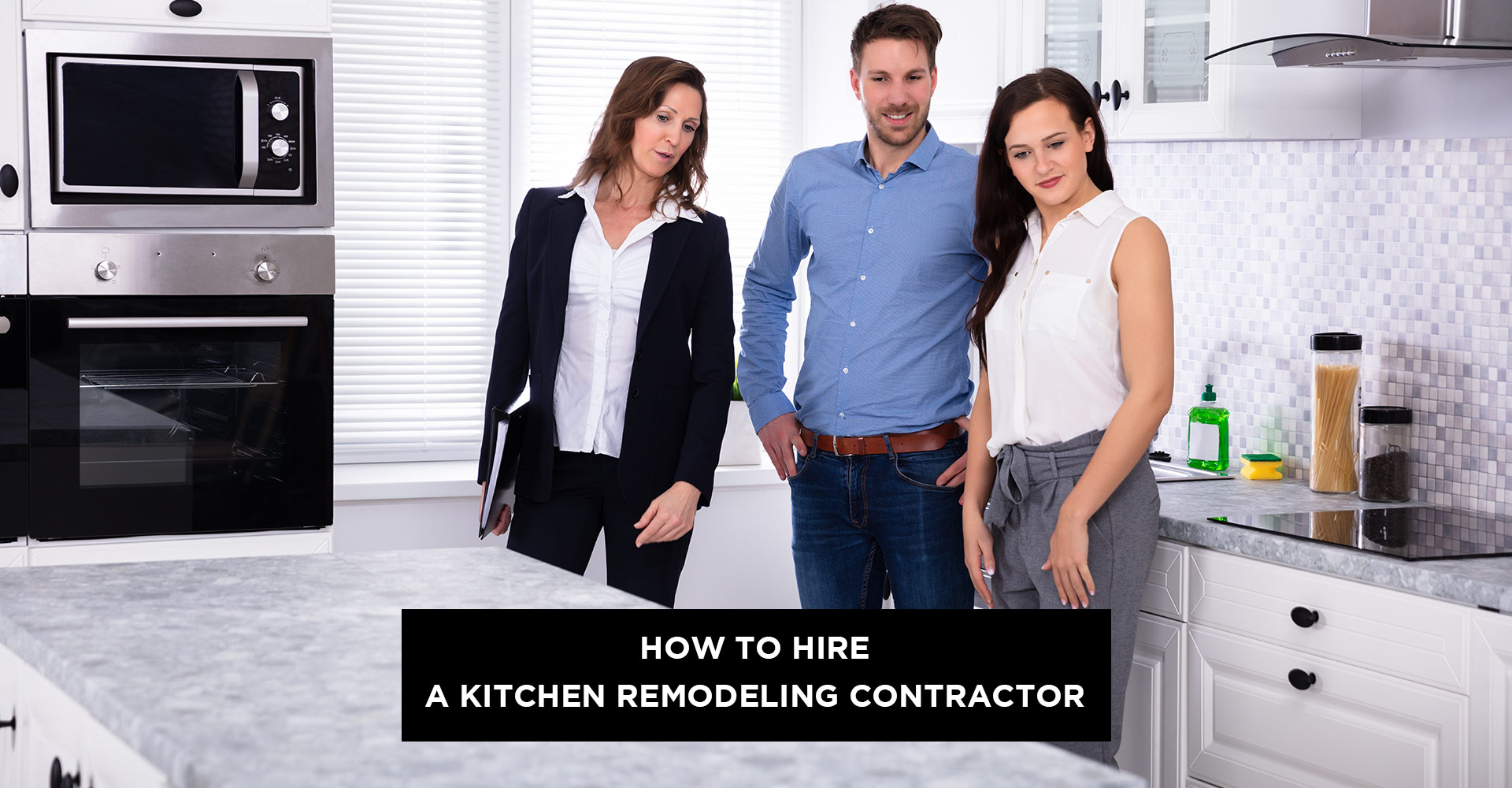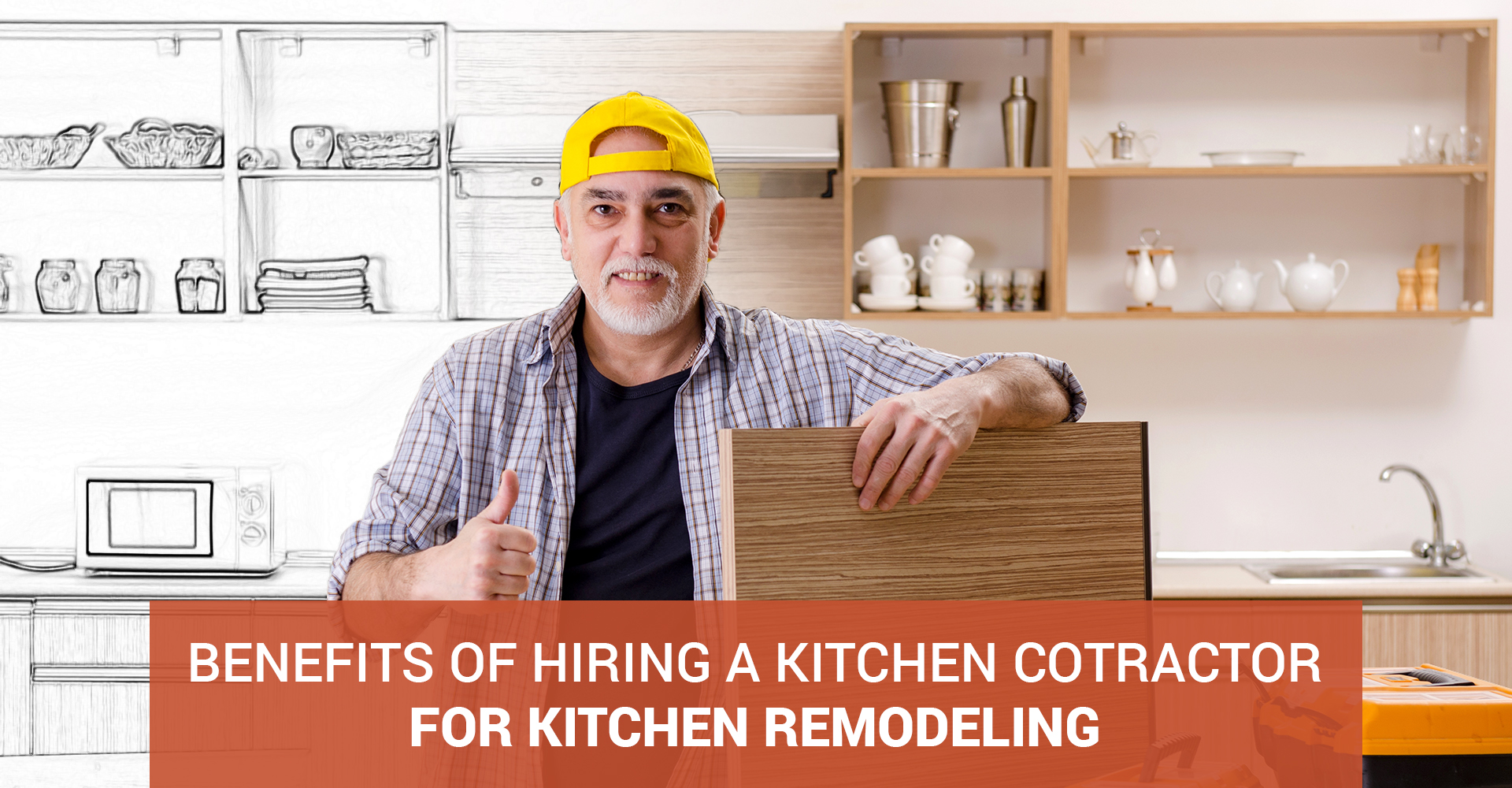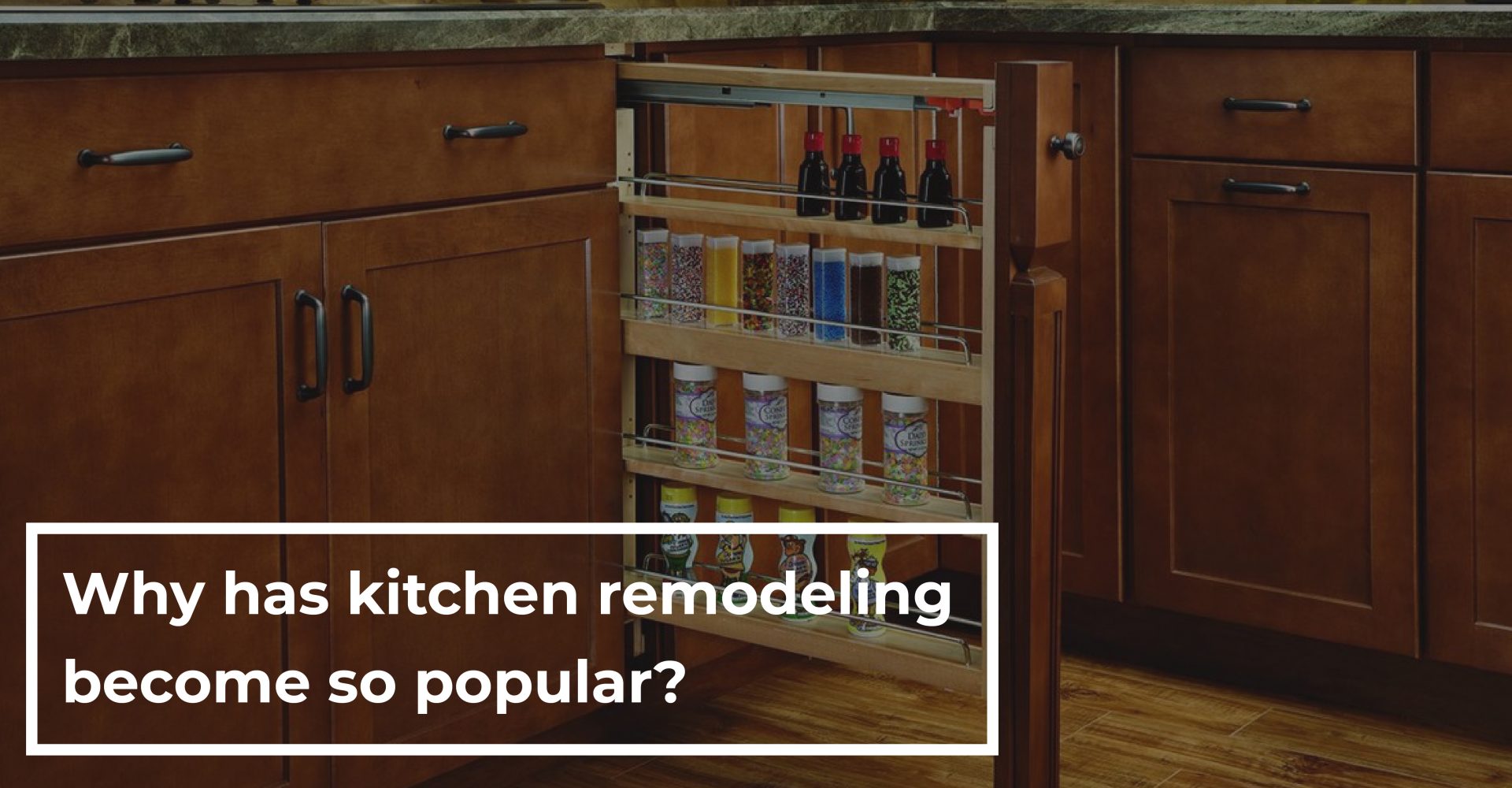When selecting cabinetry for a project, builders and contractors often decide whether to go with framed or frameless cabinets. Both styles have distinct advantages, but cost is a primary factor influencing this decision. We’ll break down the cost considerations for both options, so you make an informed decision.
What Are Framed and Frameless Cabinets?
- Framed Cabinets: Accounting for 55-60% of the market, these cabinets have a wooden frame around the front of the cabinet box. This frame, a testament to their durability, provides structural support and houses the door hinges. Shaker cabinets are 60-65% of the framed cabinet sales. This style, used in cabinetry for centuries, is a long-lasting investment.
- Frameless Cabinets: Capturing 40-45% of the market, often European-style cabinets do not have a front-facing frame. Instead, the kitchen cabinet doors connect directly to the cabinet box. This creates a sleek, modern look that can inspire your design choices and evoke a sense of excitement in builders and contractors.
Cost Breakdown: Framed vs. Frameless Cabinets
- Material Costs:
- Framed Cabinets: Solid wood or plywood makes up the frame of these cabinets, which use more material. The additional material needed for the frame can increase the overall cost of production.
- Frameless Cabinets: These cabinets typically require less material because they do not have a frame. However, they may still use the same quality of wood for the cabinet boxes. This makes the cost of the cabinet box itself similar to framed cabinets.
- Manufacturing Costs:
- Framed Cabinets: The separate construction and assembly of frames with the cabinet box lengthen the production time. This labor-intensive process often requires additional steps for assembly.
- Frameless Cabinets: The manufacturing process for these cabinets is generally quicker. This reduction in labor costs can result in a lower overall cost than framed cabinets.
- Customization Costs:
- Framed Cabinets: Personalization options for these cabinets are extensive but may come at an additional cost. 30-35% of buyers opt for some level of customization in 2025. The ability to add decorative frames, moldings, and trim increases the material and labor costs. This makes custom-framed kitchen cabinets a pricier option.
- Frameless Cabinets: While these cabinets offer a modern, minimalist aesthetic, they also provide fewer opportunities for custom decoration. 40-45% prefer some level of customization. The lack of a frame means fewer moldings and details, which can help reduce the cost of customization.
- Durability and Maintenance:
- Framed Cabinets: The frame provides added support, making these cabinets highly durable. However, the hinges may become loose over time, requiring maintenance to ensure functionality. Maintenance costs are often higher because of the need to repair the frame or hinge areas.
- Frameless Cabinets: Without the frame, cabinets are generally more modern and streamlined. They tend to be sturdier in box construction, and there is less chance of warping or damage over time. Hinge systems may require repairs, but they need less maintenance.
- Space Efficiency:
- Framed Cabinets: The frame wastes valuable space within the cabinet, which can reduce the overall storage capacity. This could be a disadvantage for smaller kitchens or tight spaces.
- Frameless Cabinets: With no frame, these cabinets maximize storage capacity, offering more usable space within the exact cabinet dimensions. This is especially beneficial in kitchens with limited space or modern design where efficiency is a priority.
Cost Considerations for Builders and Contractors
You must consider the project scope and budget when evaluating the cost of framed versus frameless cabinets. Framed cabinets are generally more affordable at initial purchase, especially when opting for stock or semi-custom options. However, personalization, extended labor costs, and ongoing maintenance may add to the overall cost in the long run.
Frameless cabinets are typically more expensive upfront, particularly for high-quality, European-style designs. However, they offer better value in modern design, increased storage space, and lower maintenance costs over time.
Making the Right Choice
When choosing between framed and frameless cabinets, it’s crucial to consider your client’s preferences. Framed cabinets may be the right option if your client favors traditional designs and a lower upfront cost. For modern designs or maximizing storage, frameless cabinets are best. This consideration of client preferences will make them feel considered and empathetic.
For builders and contractors, the key is balancing cost with the project’s long-term needs. By understanding the cost considerations associated with both types of cabinets, you can make a more informed decision.
Become a CabinetCorp Dealer Today!
Unlock the benefits of our Pro Dealer Program—exclusive pricing, top-quality products, and expert support designed to fuel your success. Partner with CabinetCorp, your trusted ally in business growth.
Key Takeaways
As a builder or contractor, understanding the cost implications of each choice is crucial. Whether you choose frameless or framed cabinets, each style has benefits and drawbacks. Framed cabinets may be the more affordable option initially, but frameless styles can offer superior space efficiency, durability, etc. This understanding empowers you to deliver the best possible results for your clients while staying within budget.
Need more guidance on selecting the best cabinets for your next project? Contact CabinetCorp for expert advice and a wide range of cabinetry options tailored to your needs.


